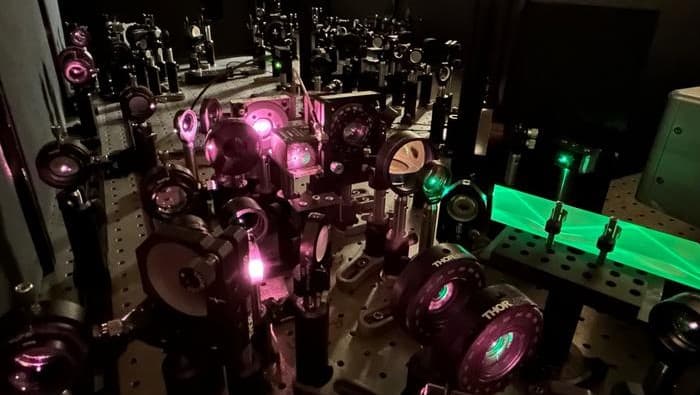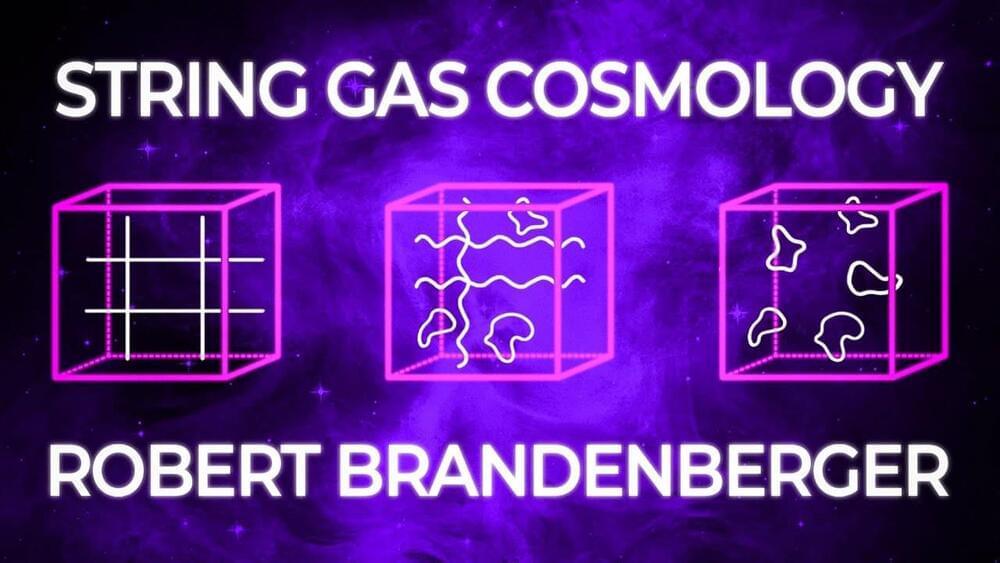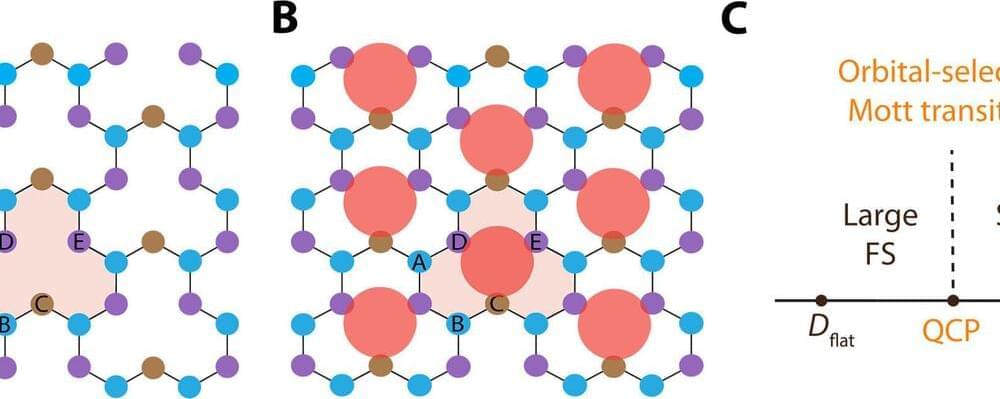Aug 7, 2023
D-Wave and Davidson Technologies Introduce New Innovations to Advance National Defense Efforts
Posted by Paul Battista in categories: business, computing, engineering, quantum physics, space
Collaboration yields new solutions that tackle complex challenges in defense and aerospace sectors
Companies to showcase live demonstration of quantum-hybrid application at Space & Missile Defense Symposium
BURNABY, British Columbia, PALO ALTO, Calif. & HUNTSVILLE, Ala., August 7, 2023 —(BUSINESS WIRE)— D-Wave Quantum Inc. (NYSE: QBTS), a leader in quantum computing systems, software, and services, and Davidson Technologies, Inc., a technology services company that provides innovative engineering, technical and management solutions for the Department of Defense, aerospace and commercial customers, today announced progress in their collaboration to create solutions that advance national defense efforts. In support of the companies’ joint presence at this week’s Space and Missile Defense Symposium, D-Wave and Davidson Technologies revealed that together they have built two applications, focused on interceptor assignment and optimized radar scheduling.

















